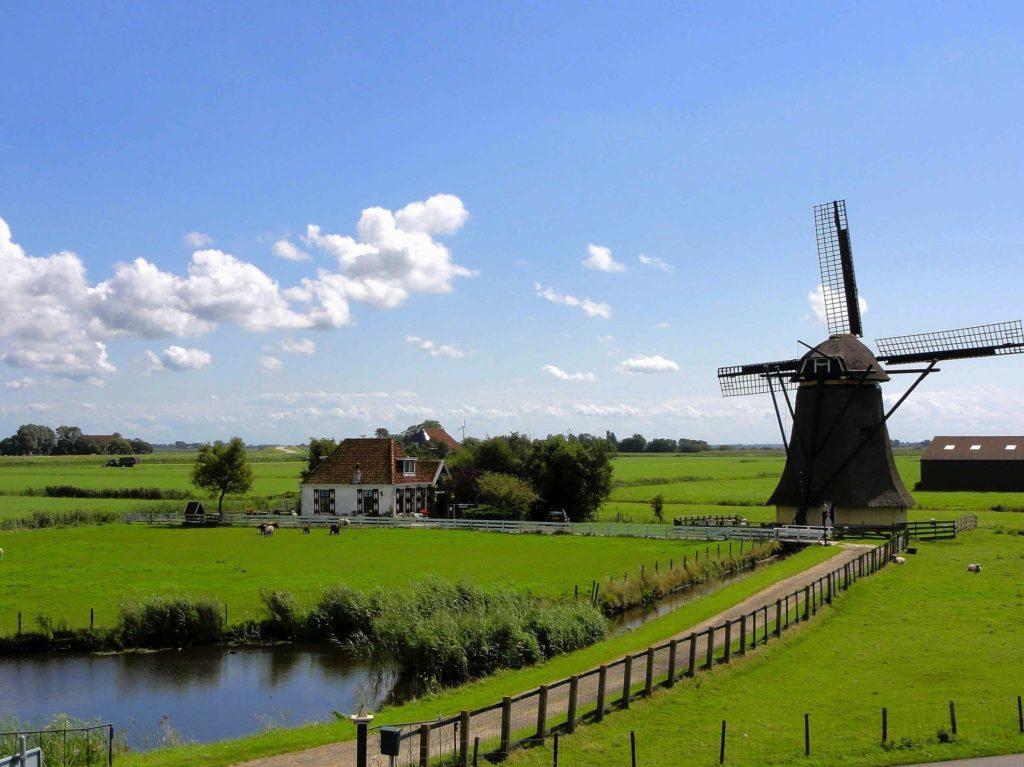
The idea of being self-sufficient can be daunting to some, but exciting to others. No matter which camp you are from, not relying on outside resources has its benefits. But as you can imagine, the steps to starting and building a homestead can be insurmountable. We definitely believe the process can be simplified with a clear blueprint, which is what we will provide you with today.
So, if you’re curious about how to start homesteading to become self-reliant, then we have all the information you need. Let’s begin!
What is a Homestead?
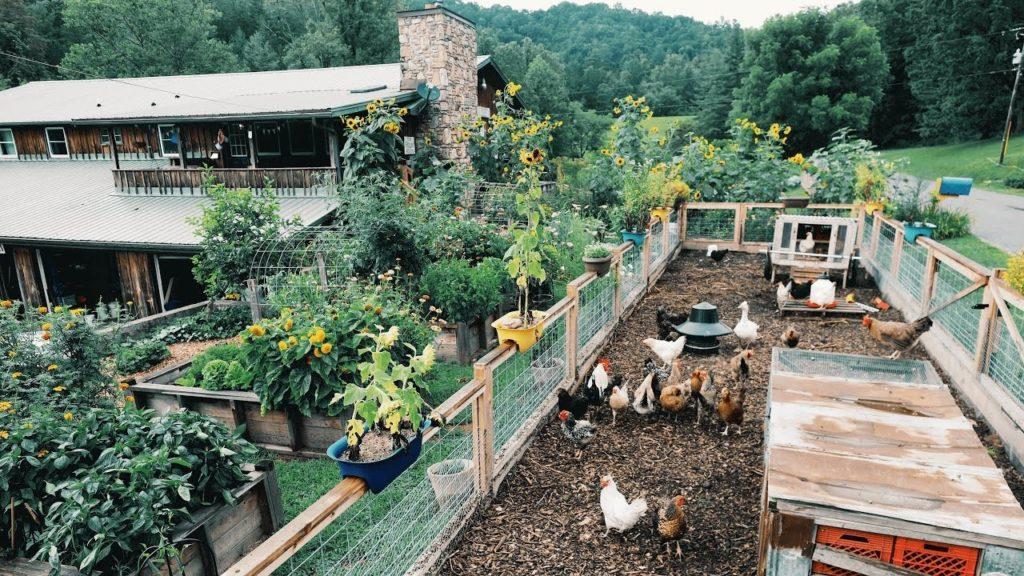
Youtube: https://youtu.be/yTYRjftr3Zg
In general, the definition of a homestead encompasses a large acreage that consists of a house, outbuildings, and a farmhouse. When we refer to a homestead, it’s not about how much land you have and what’s on it, but it’s more in regards to a self-sufficient lifestyle that does not require reliance on outside resources – similar to local farmers.
A homestead typically refers to farms and farmland for planting fruit trees, raising animals, and tending to a vegetable garden. However, you can still have an urban dream homestead located closer to the city with sustainable lifestyle techniques. For many, homesteading points to a lifestyle choice rather than the land and buildings you own.
Why Start Homesteading?
We mentioned the benefits of homesteading above, but what exactly did we mean?
An Abundance of Resources
Of course, you have access to your own food in the form of chickens, cows, pigs, etc. The resources from animals and crops are abundant – but only if you care for them well. You are also largely dependent on the weather, but you will have most of what you need on your property where you can effectively live off the land.
Healthier Options
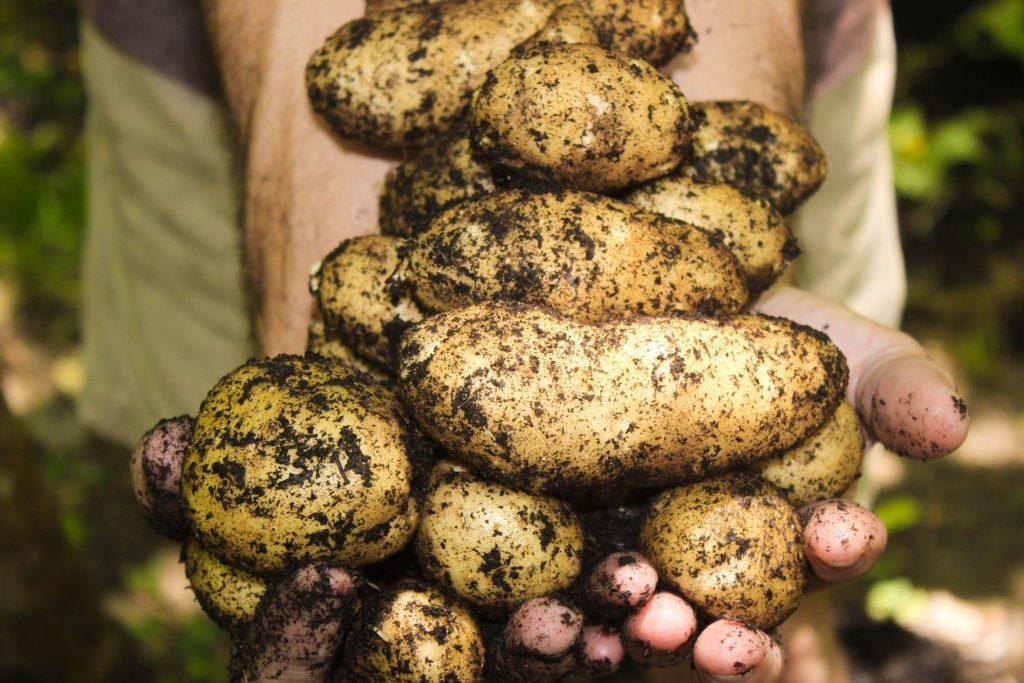
You know exactly what goes into the soil and crops, which means you know what’s you’re putting in your body. Many people start homesteading in an attempt to be healthy and organic. You grow your own vegetables on your dream farm, which can save money and bolster your health.
A Deeper Appreciation
You’re essentially living off the land during your homesteading journey. This process usually fosters a deep appreciation for the land and what nature provides. Since you will be the one putting in the work and effort to cultivate agriculture, each bite of the harvest will prove to be that much sweeter.
Builds a Strong Work Ethic
Again, since you are the one putting in all the work on your future homestead, you can begin to build a strong work ethic. After all, if you don’t put in the work, you don’t eat. You will be ingrained with a sense of responsibility you may not have gotten from somewhere else.
Increases Knowledge
Homesteading is a forever learning process. Anything you commit time and effort to will yield returns. In this case, we’re not only talking about resources but knowledge as well. You will know exactly when to harvest crops, soil conditions best used to grow food, efficient and economical water usage and consumption plus much more. Everything you learn translates to survival skills and a deeper understanding of nature.
Self-Reliance
You are self-sufficient and essentially off-grid, so a productive homestead is 100% self-reliant. You do not have to worry about inflation or scarcity when you start homesteading because you rely on no one but yourself.
Step-by-Step Guide on How to Begin Homesteading
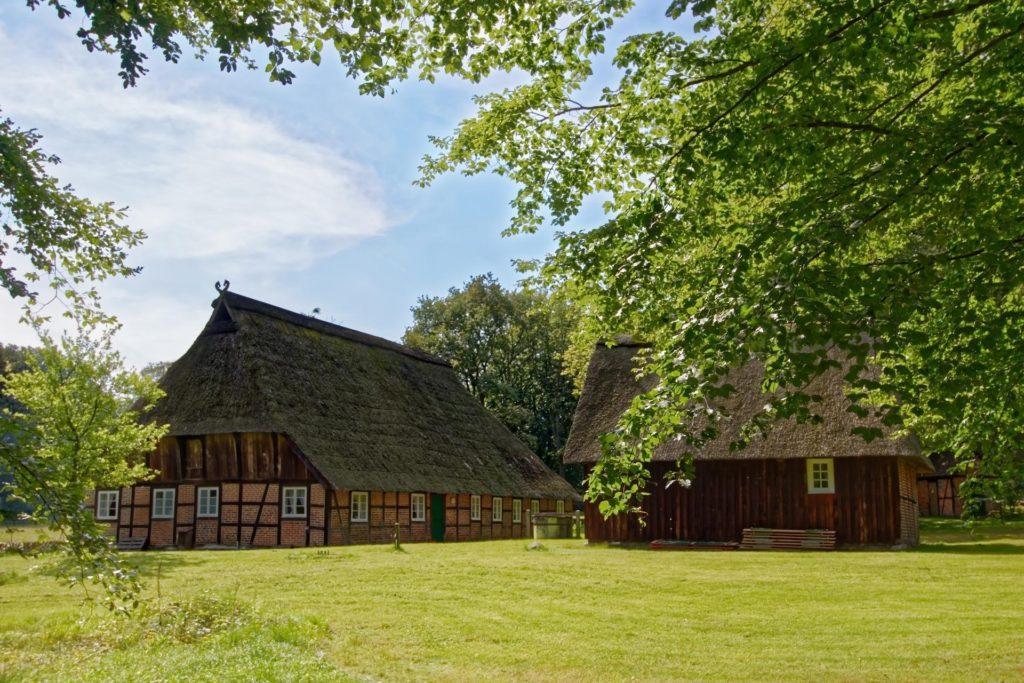
Here is our step-by-step guide to ensure your success should you decide to start homesteading. While homesteading is a great undertaking, the rewards are undeniable. The question is if you are prepared to put in the work.
Do You Want to be 100% Self-Sufficient?
Anyone can say “yes” to homesteading, but do they really understand the gravity of the situation and what it entails. Yes, homesteading is a little easier if you do it in an urban environment and cut out livestock altogether, but if you want to be 100% self-reliant, you need farmland.
Take a minute to picture what life would be like tending to a farm. Consider the daily chores, and the demanding physical labor you will have to endure every day. If you have a manageable property size, you could get away with doing everything on your own.
If not, you may have to hire someone, which would cost you extra. You can ask your family members or spouse, but they will have to be okay with relocating and living off the grid.
Are you prepared to face and handle every obstacle as it arises? It’s hard to answer that question without detailed knowledge, so before you up and relocate, we would suggest looking into every aspect of how to run and start a homestead.
Start Outlining Your Goals

After some serious thought, you’re now sure you want to be a homesteader. We commend you and definitely admire your determination. A great way to test out your resilience before completing uprooting your life is to start changing your lifestyle and learning some skills from where you are now. Maybe learn one food preservation skill, which can involve many methods to prolong the shelf life of food.
If you own your property, you can start getting a few backyard chickens, preserving food and keeping it in the basement or root cellar, and starting to plant some vegetables in the garden. If you do not own your property, you can maybe look into creating a community garden where all residents can contribute and enjoy the fruits of their labor.
Set some goals for yourself. Think about what it is you want to ultimately achieve. Do you just want your own veggie garden and to raise chickens? Or do you want to purchase an entire property and start from scratch?
Once you have narrowed down your goals, you can then break down the concrete steps to get there.
Transform Your Property or Relocate
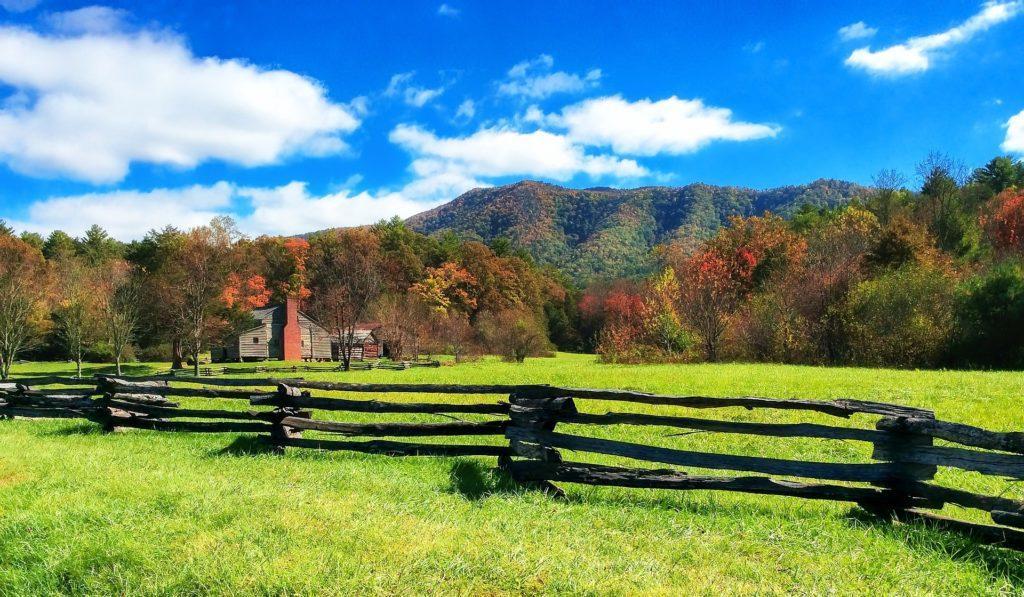
If you have small and humble goals such as saving money on utilities and cutting back a small portion of your grocery bill, then you can start homesteading right in the city. Purchase some portable solar panels or invest in a solar roof. Governments in certain cities will give tax incentives for sustainable installations.
Hardcore homesteaders may disagree that it can be a part-time job, but you don’t have to fully commit to raising chickens, livestock and living off the land right from the get-go.
If you do want to commit, then you have to look into buying land. You will need enough space to house your homesteading projects and your residence.
Some helpful questions to ask yourself before purchasing land would be, “do I want to live in a rural or semi-rural area?”. Being too far away from everything does have its drawbacks. For example, in the case of an emergency, you will be a long way from a hospital, not to mention the inconveniences you will face if you need to pick up some necessities.
You may picture a new homestead to have both livestock and crops, but you can just choose one. If you want to raise livestock and plant crops, then you have to make sure the land you select has suitable soil.
It’s a lot of work but you can do it. For a single family or couple, 2 to 5 acres of land will do just fine for most.
Take a Look at Your Finances
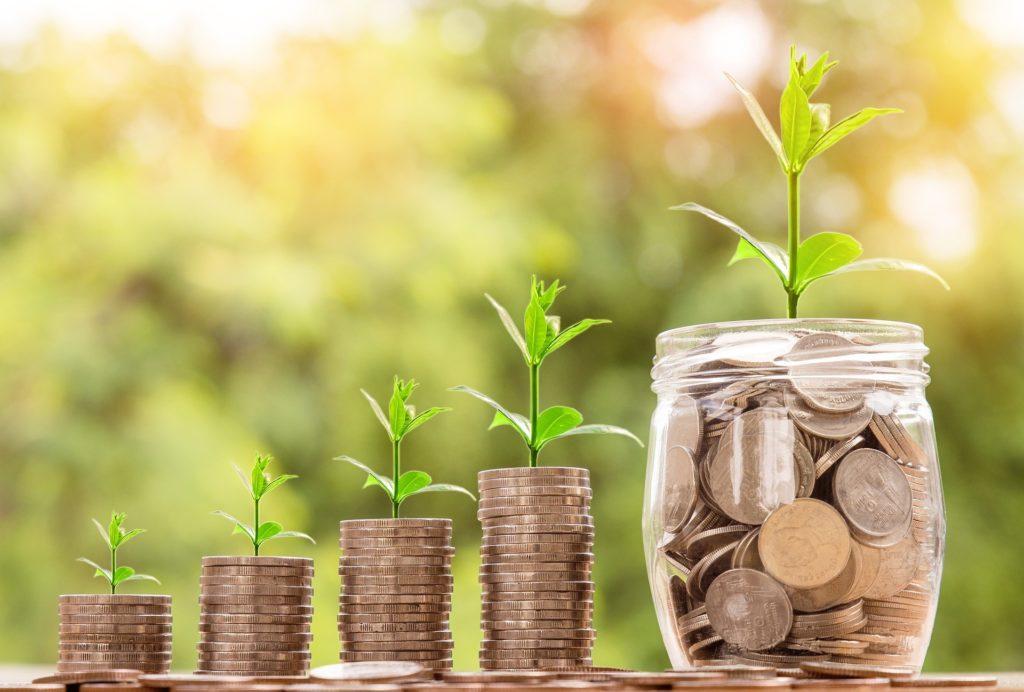
Nothing can be done without the funds, so you have to take a realistic look at your financial situation. It may cost a hefty sum in the beginning, especially if you are leaving your steady job in favor of selling your harvests at farmer’s markets. Remember not to sink all of your savings into the land alone. You need some leftover cash for renovations, equipment, tools, livestock, etc.
Always round up if you can and think about how to generate a revenue stream while you are starting your homestead if necessary.
Once established, how will your homestead give you an income? Maybe you have other plans and already have a remote job lined up. Whatever it is, it’s important not to be dead in the water due to poor planning.
If you are relying on your homestead for an income, we strongly recommend putting some money away for a rainy day. This is not because we don’t believe in you, but because the weather is a volatile and unpredictable thing.
Depending on where you are in the world, crops and livestock are susceptible to floods, droughts, and other natural disasters. You can never be too prepared.
Start Small – Like with Backyard Chickens
It’s okay to start small. You don’t have to have everything in your entire homestead set up all at once. Maybe start with a veggie garden, learn to preserve food, and have a few chickens. Once you have gotten the hang of things, you can add to your garden, and maybe graduate to having pigs and a cow or two.
This point also ties into the first one, where you decide what you want. Some people only want to be partly self-reliant while others only want to reduce their utility bills.
As for your residence, you can start with a few portable solar panels just to see how they work for you. There is no “right” blueprint for homesteading, it’s doing what suits your needs and what’s right for you.
Learn to Preserve Food and Other Skills
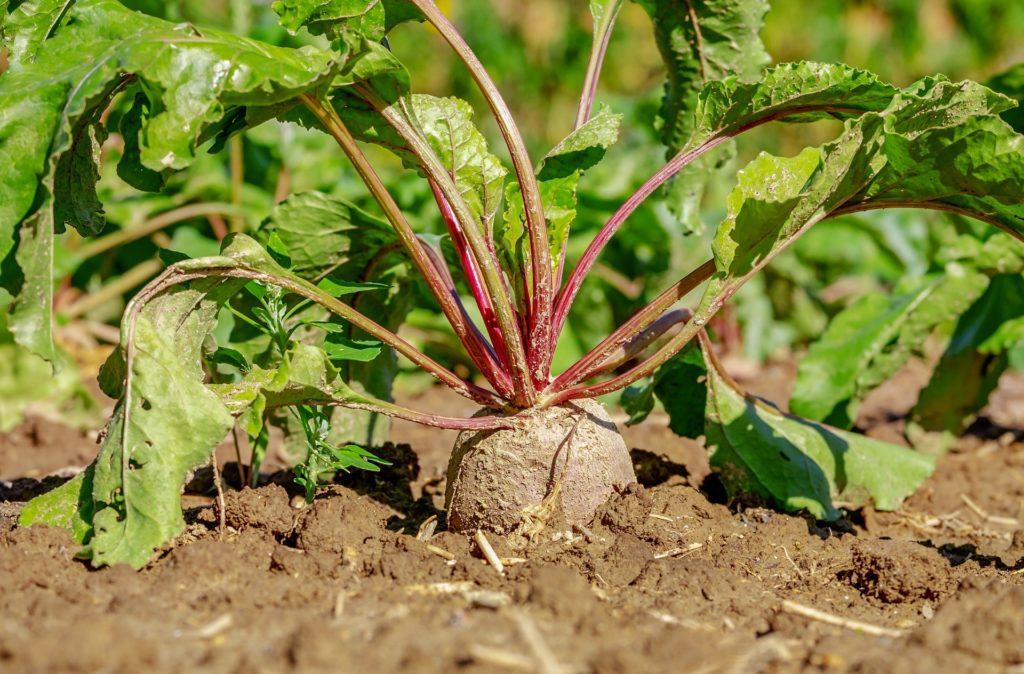
Aside from everything you have to learn about keeping livestock and crops, other helpful skills include preserving food, fixing machines and equipment that can malfunction over time, learning how to compost so that waste can become fertilizer to produce nutritious crops.
Think about everything you will have to do on your own because of your homesteading lifestyle and because of the limited access to services. Learn to patch up your own clothes, hone your building skills, and really become completely self-reliant.
Join a Community
There is no better way to get a foothold on homesteading than by joining a community of other homesteaders. Make friends with your neighbors, we’re sure they have a few tips and pearls of wisdom to share to make the transition easier for you. After all, no one will understand you as well as other fellow homesteaders.
Frequently Asked Questions
How much does it cost to start a homestead?
The cost of starting a homestead will vary for everyone as it depends on what you want to include and the size of the land. However, the average cost is around $200,000 to $300,000.
This is a quote for rural land large enough to house your residence, equipment, farmland, and crops. The annual maintenance frees for property taxes, utilities, equipment, and vehicles can add up to$200,000.
How do I start homesteading with no money?
You will definitely need some cash to start homesteading. It can be as small as the price for a few seed packets to start your veggie garden right now, or hundreds of thousands of dollars to relocate to a rural area to start a farm. To cut down the amount you spend, we would suggest simplifying your lifestyle and narrowing down your homesteading goals.
How do you become a homesteader?
You can become a homesteader by determining what it is you want out of homesteading. Do you just want to live a more sustainable lifestyle by reducing your carbon footprint? Do you want to be completely self-sufficient or just partially? What do you want to produce on your homestead – livestock, fruits, crops?
In Conclusion
Homesteading is not for the faint of heart. It is something that requires tremendous effort and determination and it’s not recommended for everyone. So how do you know if it’s what’s right for you? Give it some serious thought. Think about what the day-to-day would look like, what effort you would have to put in, and the skills you would need to learn.
While it is difficult, there is a lot we can do once we put our minds to it. We have complete faith in you, so if you’re ready, then just get started!
